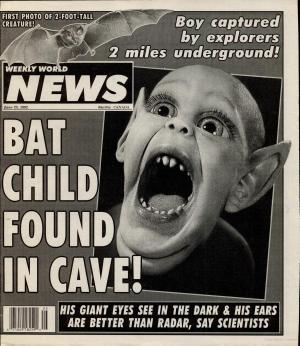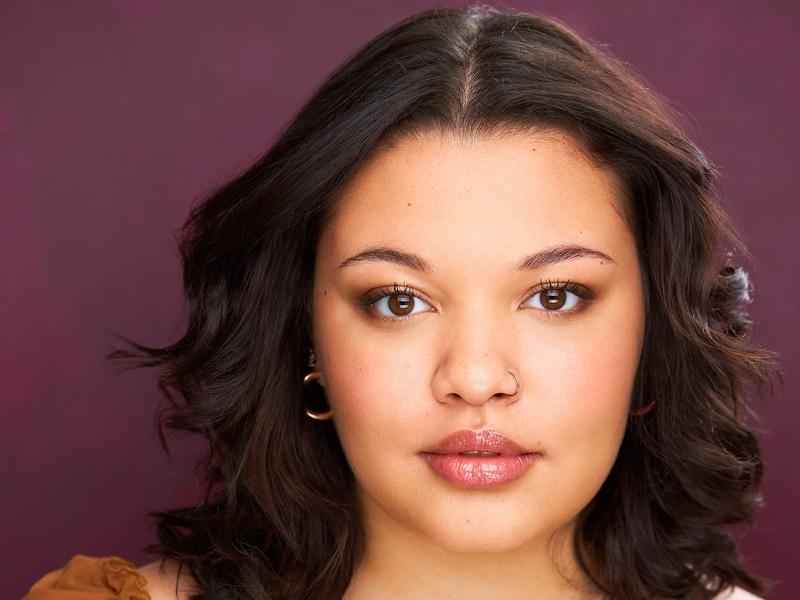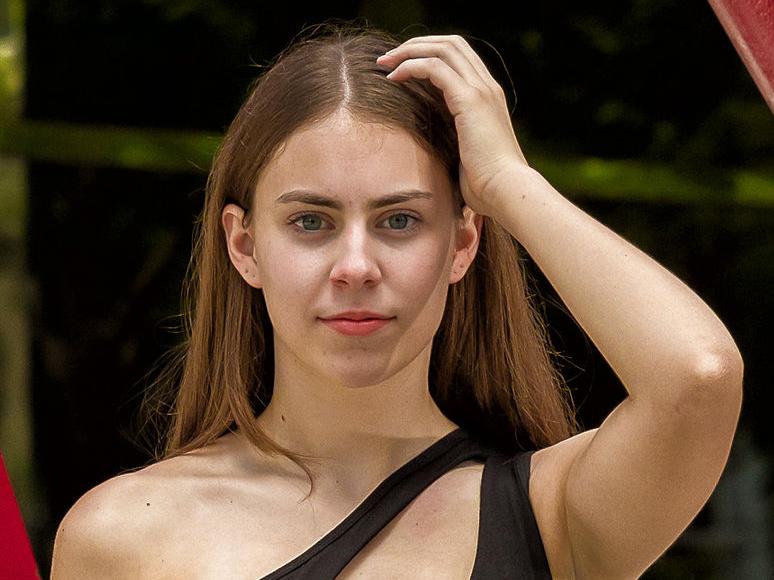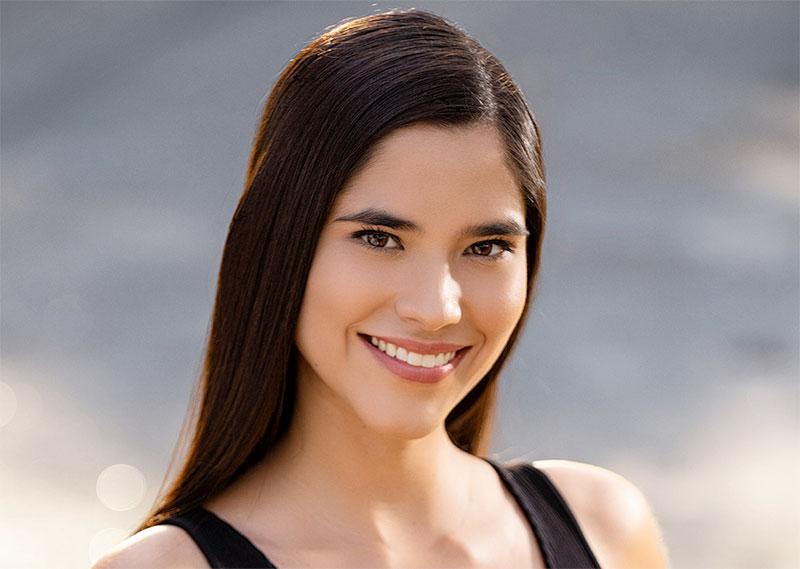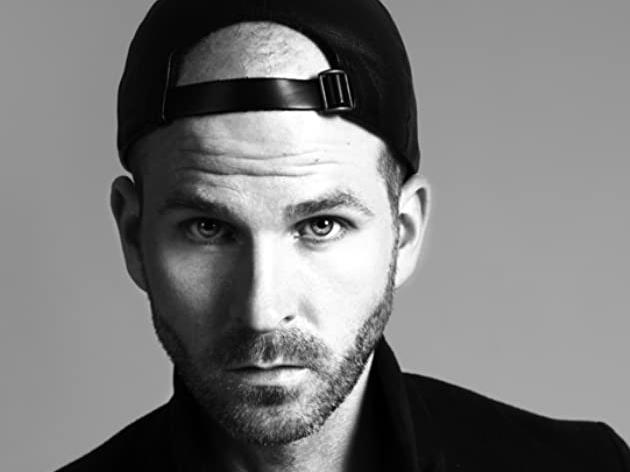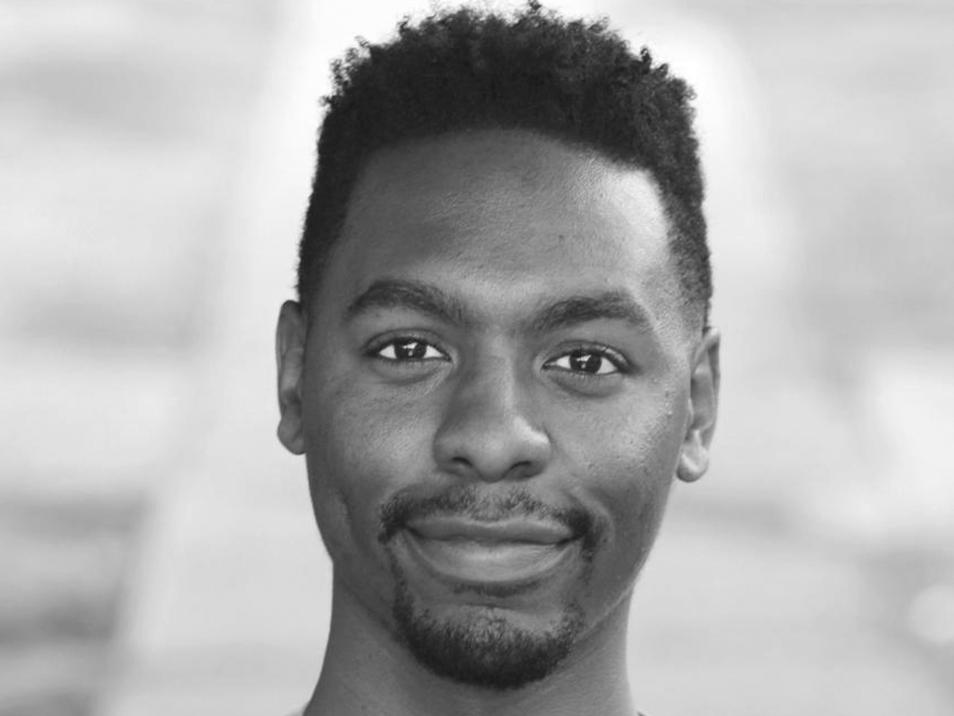A committee of Viterbo University faculty and students meet for weeks every fall to choose shows for the coming season, taking into account a wide range of factors. Bat Boy: The Musical has been in the running to be produced for many years but always came up just short … until this year.
This was especially welcome news for Teddy Eck, a music theatre faculty member in his third year who was tapped to direct Bat Boy, which runs March 1–3 in the Fine Arts Center’s LaCroix Black Box Theatre.
Although it was almost 32 years ago, Eck vividly recalls the week the Bat Boy hit the cover of the Weekly World News. In late June 1992, Eck and people in line at supermarkets across the country were captivated by the grotesque image of a bald boy with oversized ears, his gaping mouth displaying jagged, pointy teeth.
Nine years later, Eck moved from Topeka, Kansas, to New York City to study theatre, arriving just as Bat Boy: The Musical made its off-Broadway debut, bringing the wildly popular Weekly World News character to life in a story that had the Bat Boy trying to fit into society instead of running away as he had in the series of tabloid stories.
“We went to see it many times, so I have a deep fondness for the show,” Eck said.
In this comedic musical tinged with horror, the half boy/half bat is found in a cave near a small town in West Virginia and brought to the local veterinarian, Dr. Parker, and his wife, Meredith. They add the boy to their family, which also includes a daughter his age, Shelley. The townsfolk (and gradually Dr. Parker) are not so accepting, and their zeal to be rid of him eventually elicits the unveiling of the shocking story of Bat Boy’s unholy origin.
Eck worked with Los Angeles-based scenic designer Teena Sauvola, a 2008 Viterbo graduate, to create a production that evokes the tabloid vibe and immerses the audience in the show. There’s even a two-row section known as “the blood zone,” where audience members get ponchos to protect them from splattering stage blood. Seats in that section are sold out for all four performances.
“Teena and I really worked on how to make the audience feel a part of the show,” said Eck, in his third year on the Viterbo faculty. “The blood zone came out of that, and we removed some seats to allow the cast to get closer to the audience.”
Jake Aune, a junior music theatre major from Elk River, Minn., plays the Bat Boy, who is called Edgar by his adopted family. He shares Eck’s push to pull the audience in. “Everyone is going to feel like they’re not just watching,” Aune said. “They’re an integral part of what’s going on in the show.”
A mere month ago, cast members first began gathering for table reads. During the second week of rehearsals, Eck and his platoon of assistant directors painstakingly led the cast through “blocking.” That involves figuring out where the actors will be positioned onstage when they say their lines and how they will move.
Eck has his ideas about what will work, but he wants the actors to think about how they move, so he often asks them questions about their characters and the scene that will help the actors figure out movements and gestures on their own.
For example, rehearsing a scene in which Shelley and Edgar share an intimate moment that follows an implied offstage moment of ultimate intimacy, Eck asks them to think about what their embrace looks like, how they will handle the shared cigarette, and how Edgar will portray the complex emotions involved when Shelley offers to quench his strong, sudden thirst for blood.
“The way Teddy directs is so educational for us,” said Reagan Kettner, a junior music theatre major from Wausau who plays Shelley. “He asks us what we want to do. It’s a different approach from what I’ve had with previous directors, and it really helps bring yourself into a character more deeply.”
“It’s not ‘stand here’ or ‘go over there,’” added Aune. “He wants us to be able to interpret our characters. It’s more guiding than telling. I leave the rehearsal more confident in my abilities as an actor rather than in my capacity to follow orders.”
In addition to Eck, the blocking process also calls on the talents of the intimacy director (Mary Trotter and student shadow Maddy Ballard) for scenes that involve embraces and other touching; the fight choreographer (Lauren Bergquist) to make combative encounters safe yet realistic; and student choreographer Vic Pardon for scenes when the characters break out in song and dance.
Blocking might be a primary emphasis during this week of rehearsals, but the actors and directors also use that time to hone other aspects of the production. Music director Matt Salvo, for example, had a suggestion for how to deliver the word “abomination” so the rhythm fit well with the scene’s background music.
The music in Bat Boy has a high degree of difficulty, Salvo explained, with frequent instrumental accents on lines that require precise timing for the actors and musicians, and the harmonies are so unusual that cast members give an audible sigh of relief when Salvo reminds them they are all singing the same note in one scene instead of harmonizing.
“The music of Bat Boy has been a blast to work on. Laurence O'Keefe writes fantastic scores (Legally Blonde, Heathers), but they are also very challenging,” Salvo said. “It goes all over the place, crossing a mix of genres including rock, country, gospel, and theatre, and the cast has been rising to the challenge of learning how to sing in all of these styles. I've also really been enjoying discovering how melodramatic the underscoring is and working with the cast to tune in to those moments where the music is just completely over the top.”
When the show hits the stage, Salvo will play keyboards and lead a quintet that also includes Janette Hanson on keyboards, Kyle Renfro on guitar, Paul Jewson on bass, and Tammy Fisher on percussion. The band will play from an adjacent room, with Salvo watching the stage action on a monitor to help keep the music and the actors synchronized.
The music synchronization issue forced Eck to pivot on his plans for a key scene at the end during which Edgar’s origins are revealed. Eck was going to create a video to portray those origins while leading characters say their lines. Instead of a film, the scene will include a shadow play.
Eck, who had a film production company in New York that specialized in sketch comedy, did decide to create a short film as a pre-show public service announcement about silencing cell phones and content warnings. The PSA has a 1950s/Twilight Zone vibe, with Spencer Curtis, a music theatre major from Salt Lake City who is not in Bat Boy, as the announcer.
Bat Boy cast members Tucker Mensen and Carley Clover also are in the PSA, demonstrating the dark side of phone use during a show. Clover, as one of two “swings” in the cast, has to be prepared to jump into the show and play any one of three characters. She has to take notes on blocking and other aspects of the performances for three different actors, which is a challenge, she said, but a valuable experience for anyone who wants to have a career in theatre.
Another cast member, Jess Schneider, plays a vital role in the PSA film, serving as an example of what can happen to audience members seated in “the blood zone.”
Working with Eck on the PSA were student film club members Mahlivanh Fleckenstein and Bailey Millimaki, one of two student assistant director/stage managers on Bat Boy.
In addition to the people mentioned in this story, another 45 to 50 people contribute to getting “Bat Boy” to the stage, from more than a dozen students sewing costumes a couple of hours per day to set builders to lighting designers and sound mixers to makeup and hair artists.
In the span of a mere five weeks, Eck and his Bat Boy team go from reading the script and singing the songs around a table to giving audiences an immersive experience they won’t forget. The people putting on the show won’t forget it, either.
“It has been a joy bringing this story to life and sharing this adventure with the stellar production team, cast, and crew,” Eck said.


